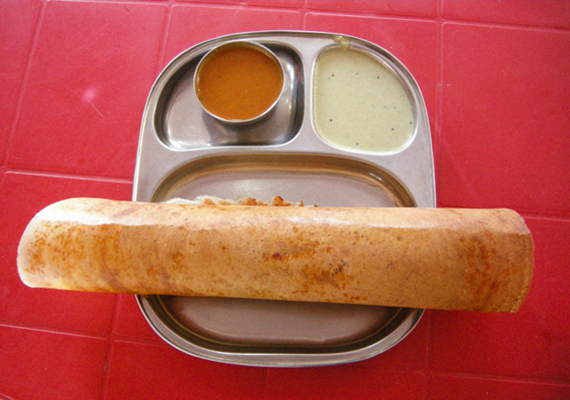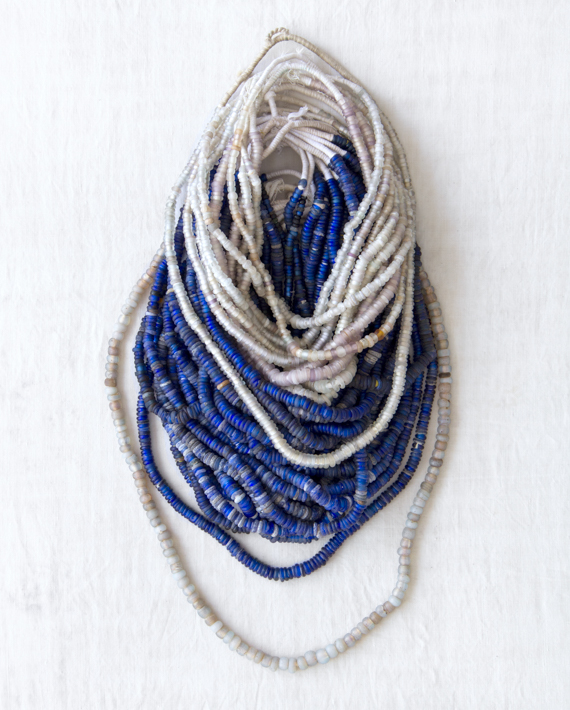d
dindoriproject

Dindori project (India)
An initiative started by WomenWeave Charitable Trust to boost the local weaving industry of the Dindori community in Madhya Pradesh; also referred to as The Khatkhata Project for the sound made by looms. The area’s traditionally all-male community of weavers was once a robust hub of handloom activity. As traditional markets waned due to dwindling demand and a shrinking male artisan community, weaving declined to 15 villages with fewer than 10 weavers per village. The Dindori initiative takes a pragmatic approach to revitalization, teaching new textile skills along with product development and marketing. In 2010, starting with 40 local area weavers, the project’s launch marked the first time in local history that women learned to weave. Graduates from the National Institute of Design in Ahmedabad, Gujarat, provide artistic guidance and encourage weavers to expand their design vocabulary beyond typical traditional choices. Our activities with the Dindori project started in 2013 through our work with WomenWeave. See also WomenWeave
dosa

dosa (USA)
Clothing, housewares, and accessories company founded in 1984 by Christina Kim with her mother, Vivian. Our guiding principle is to design well-considered products that are organic, recycled, and off the grid. Using traditional crafts and nurturing hand skills is part of our overall effort to consume less and cherish more. The company name was a serendipitous choice, even karmic. “Dosa” was Vivian’s nickname given to her by American work colleagues when she immigrated to America. In Korean, it means sage or thinker. In India, it has a more playful reference as a popular and beloved south Indian food made of rice and lentil batter. The familiar word on Christina’s business cards provoked genuine acceptance when she arrived in India for the first time, immediately opening doors.
dutchtradebeads

Dutch trade beads (Netherlands)
Small glass objects used mainly for trade in North America, Africa, and Indonesia. Beads were the equivalent of currency, used for thousands of years in exchange for goods, services, land, and slaves. Earliest forms were made of natural materials like shell and bone, eventually moving to precious metals and stones, and then to glass. The practice of glassmaking originated in ancient Egypt and migrated to Hellenistic Alexandria, along the Lebanese coast, and eventually to Roman provinces, under whom glassmaking became a large-scale industry during the first century. Dutch trade beads first appeared in the sixteenth century. The Netherlands’ first glass factory was founded around 1530 during the flourish of glassmaking in Venice. We have carried the cobalt and milky translucent Dutch trade beads since 1986. Quite often, a strand will include an ancient Roman glass bead or two.